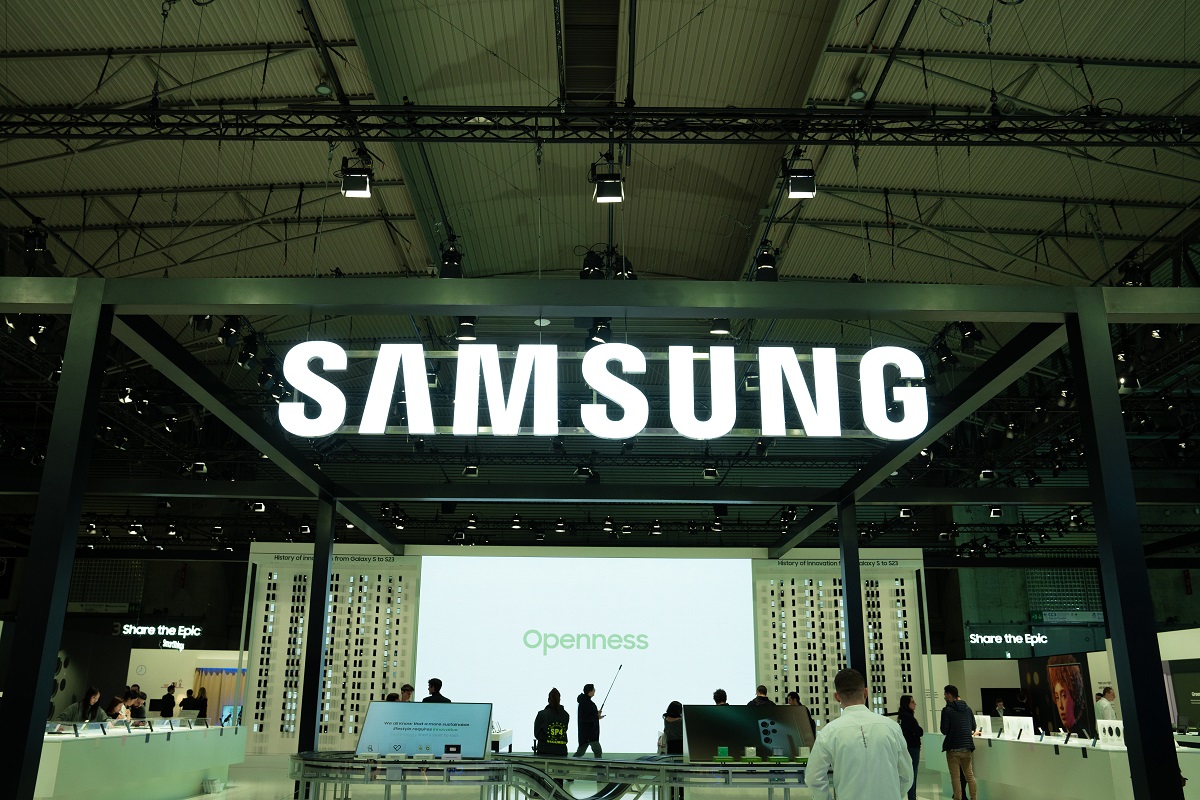South Korea exempts chip manufacturing and investment from taxes
South Korea passed its own law to exempt the semiconductor industry from taxes in an effort to dethrone Taiwan as the leader in microchip manufacturing
South Korea’s National Assembly has passed its own law to boost the country’s semiconductor industry through tax breaks for manufacturers and investors, following a similar initiative by the United States.
The proposal, which has gone ahead by 179 votes in favor and 13 against, will increase the tax reductions to 15 % from the current 8 % for large companies that invest in production plants, while, in the case of small and medium-sized companies, this bonus will be 25 % compared to the previous 16 %. In this way, the main beneficiaries of the so-called ‘K-Chips Act‘ will be Samsung Electronics and SK Hynix.
Through these new incentives, South Korea hopes to unseat Taiwan as the leader in the manufacture of microchips, as well as promote its own industrial capacities in a sector with high added value and key in the Asian country’s exports. In fact, foreign sales of the technology sector represented 12 % of total exports in February.
This initiative is inspired by the US ‘CHIPS and Science Act’, approved by Congress at the end of July last year, and is endowed with 50,000 million dollars (49,982 million euros) for semiconductor manufacturers to build plants on the ground of the first world economy. “The United States must lead the world in producing these advanced chips. This law will do exactly that,” President Joe Biden said at the time.
Likewise, the plan included 80,000 million dollars (73,571 million euros) to promote innovation and research with the aim that the US does not lose technological and industrial supremacy in favor of China.
For his part, President Yoon Suk-yeol has already reported that he will give the go-ahead to the legislative project for its entry into force.
Samsung to build microchip factory in Seoul
In the middle of this month, Samsung Electronics announced that it will build a large microchip manufacturing complex on the outskirts of Seoul for 300 trillion won (212.310 million euros) to compete with the Taiwanese TSMC and the American Intel.

The factory will include, in 2042, five high-tech facilities, in addition to another 150 companies specializing in materials, components and foundry without a factory (‘fabless’). The plant will be built close to existing ones owned by Samsung Electronics itself and SK Hynix.
“The mega-complex will cover the entire semiconductor value chain,” the Korean Ministry of Commerce, Industry and Energy said. “The government will implement the necessary measures to position ourselves as leaders in the semiconductor industry without prejudice to cooperating with the private sector,” he added.
In fact, the plan was communicated by the South Korean President and confirmed by Samsung later. “The leading industries are the basis of economic growth, as well as security and strategic assets, which are clearly intertwined with employment and social welfare,” said the president. If completed, it will be the largest geographic concentration of the world’s semiconductor industry, according to the ministry.
In addition, the Yoon Executive champions an investment plan of 550 trillion won (389.235 million euros) until 2026, and which is part of this mega-complex for the chip, screen, battery, biotechnology, electromobility and robotics industries. The purpose is to create its own supply chain with high added value that reinforces the autonomy of South Korea in the technological field.
“The hegemonic competition between the United States and China for technological supremacy is devolving into all-out war,” warned Lee Chang-yang, Minister of Commerce, Industry and Energy.
Source: dpa
(Reference image source: Vishnu Mohanan, Unsplah)
Visit our news channel on Google News and follow us to get accurate, interesting information and stay up to date with everything. You can also see our daily content on Twitter and Instagram


